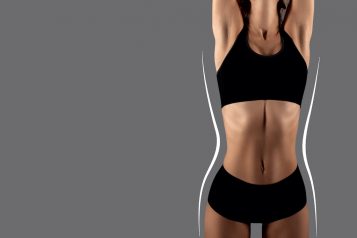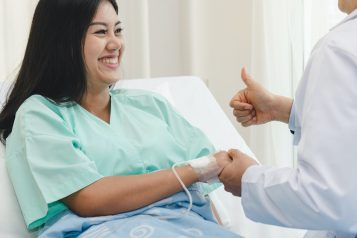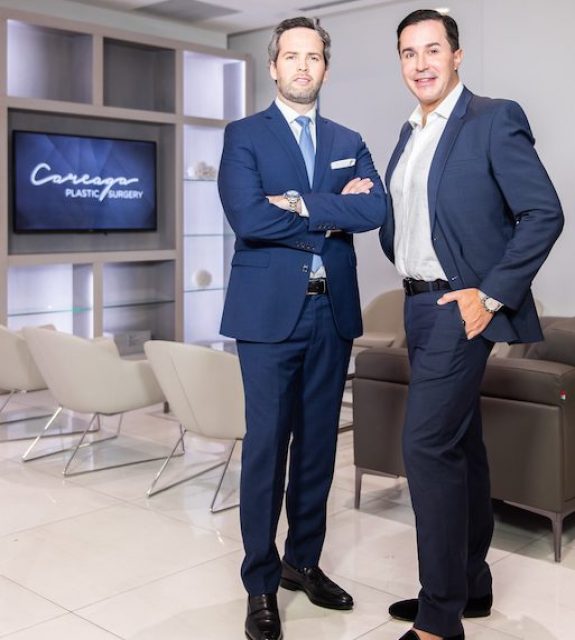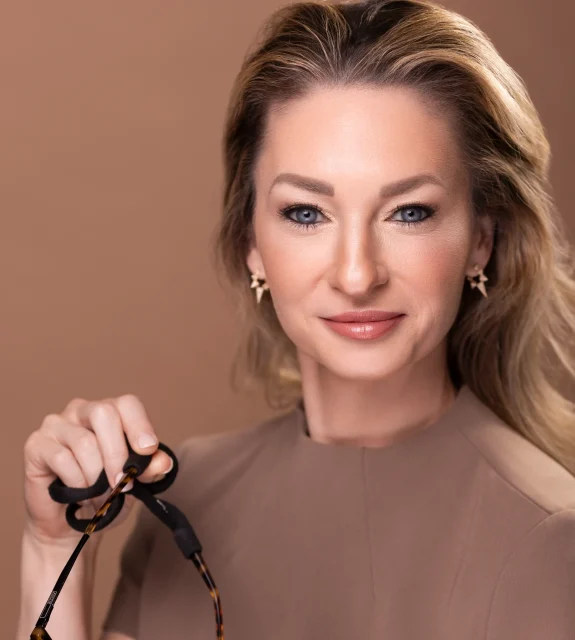Dr. Karan Chopra has co-authored over 50 peer-reviewed articles and book chapters in highly regarded medical journals including Plastic and Reconstructive Surgery®, the official Journal of the American Society of Plastic Surgeons and has presented research at several national plastic surgery conferences throughout the United States. Awarded the Johns Hopkins Miller Coulson Award for Clinical Excellence, Dr. Chopra has mastered communication and interpersonal skills and is known for his exceptional patient care. Approaching each patient with individualized care, he's known for his genuine kindness and unparalleled bedside manner. His commitment to excellence in cosmetic surgery of the face, eyes, breast, and body has led to his mastery of the facelift, eyelid lift, breast surgery, tummy-tuck, fat grafting, and injectables such as Botox, dermal fillers, and more. Haute Beauty chats with Dr. Chopra of innovative ways, such as, blepharoplasty surgery, that can enhance the appearance of lower eyelids to gain a youthful look.
 Photo Credit: ShutterstockMost people have enough going on in their lives and don’t need extra baggage weighing them down. And as we age, the lower eyelid area tends to morph into dark sagging circles or hollow out, creating a tired, dragged appearance. These conditions occur naturally because of aging, hereditary traits, or sun exposure, regardless of being well-rested.
Photo Credit: ShutterstockMost people have enough going on in their lives and don’t need extra baggage weighing them down. And as we age, the lower eyelid area tends to morph into dark sagging circles or hollow out, creating a tired, dragged appearance. These conditions occur naturally because of aging, hereditary traits, or sun exposure, regardless of being well-rested.
With eyes being the primary focal point of the face, patients look to rejuvenate the eye area to restore a more youthful appearance through blepharoplasty or eyelid lifts. As an expert in eyelid surgery with an oculoplastic fellowship, Dr. Karan Chopra is a specialist in cutting-edge techniques in eyelid aesthetics. The periorbital region is the most delicate area of the face and requires a personalized plan and a delicate, artful hand to keep the results looking as natural as possible.
What sets Dr. Chopra’s approach apart from the common procedure is combining fat grafting to contour and enhance with the removal of excess skin and fat from the lower eyelid.
There are two approaches to reducing the puffy lower skin. The incisions can be made subciliary (outside the eyelid) or transconjunctival (inside the eyelid), in either case, the eyelid fat pads can be removed or repositioned depending on the patient’s need. The tailoring of excess skin is performed outside the eyelid (subciliary) leaving a small external scar that usually fades within a few months post-operation. If the patient has excess fat, the process can happen inside the eyelid (transconjunctival), which leaves absolutely no scar.
 Photo Credit: Dr. Karan ChopraOnce the excess skin and fat are removed, Dr. Chopra takes fat harvested from another area of the body through a technique similar to liposuction and processes it into “nanofat”, which is then injected just like a filler. Using the patient’s own fat is a natural solution that creates a more organic, fresh expression. In more common procedures, many surgeons will use “off-the-shelf” fillers that can become lumpy due to continuous eyelid movement from blinking throughout the day and have a shorter lifespan.
Photo Credit: Dr. Karan ChopraOnce the excess skin and fat are removed, Dr. Chopra takes fat harvested from another area of the body through a technique similar to liposuction and processes it into “nanofat”, which is then injected just like a filler. Using the patient’s own fat is a natural solution that creates a more organic, fresh expression. In more common procedures, many surgeons will use “off-the-shelf” fillers that can become lumpy due to continuous eyelid movement from blinking throughout the day and have a shorter lifespan.
On the other hand, some patients have dark circles with minimal excess skin and no bulging fat. These individuals are candidates for tear trough correction or filler. This scarless, one-hour procedure carefully separates the tear trough ligament and reconfigures the existing fat in the surrounding area, creating a smooth lid-cheek intersection. Dr. Chopra often combines this procedure with fat grafting to contour this area. When the procedures are paired together, patients see a more youthful, well-rested expression.
While not necessarily a lunchtime procedure, blepharoplasties are outpatient surgeries that take approximately an hour to perform. Swelling and bruising around the eyes increase over the first few days but begin to subside around day three. Most patients experience minimal discomfort post-procedure and are back to feeling “normal” within 1-2 days. While strenuous activity is to be avoided for at least one week after the procedure, showering can resume within one day and sutures are removed within seven. Most patients return to work within a week but may opt to apply makeup to disguise residual bruising. Exercise can commence within three weeks and can steadily increase with time.
As with all surgeries, make sure to follow-up with your doctor to have stitches removed and to confirm the healing process is progressing accordingly. Most patients see optimal results come through weeks 4-6.
For more information, visit Dr. Karan Chopra's social media:























